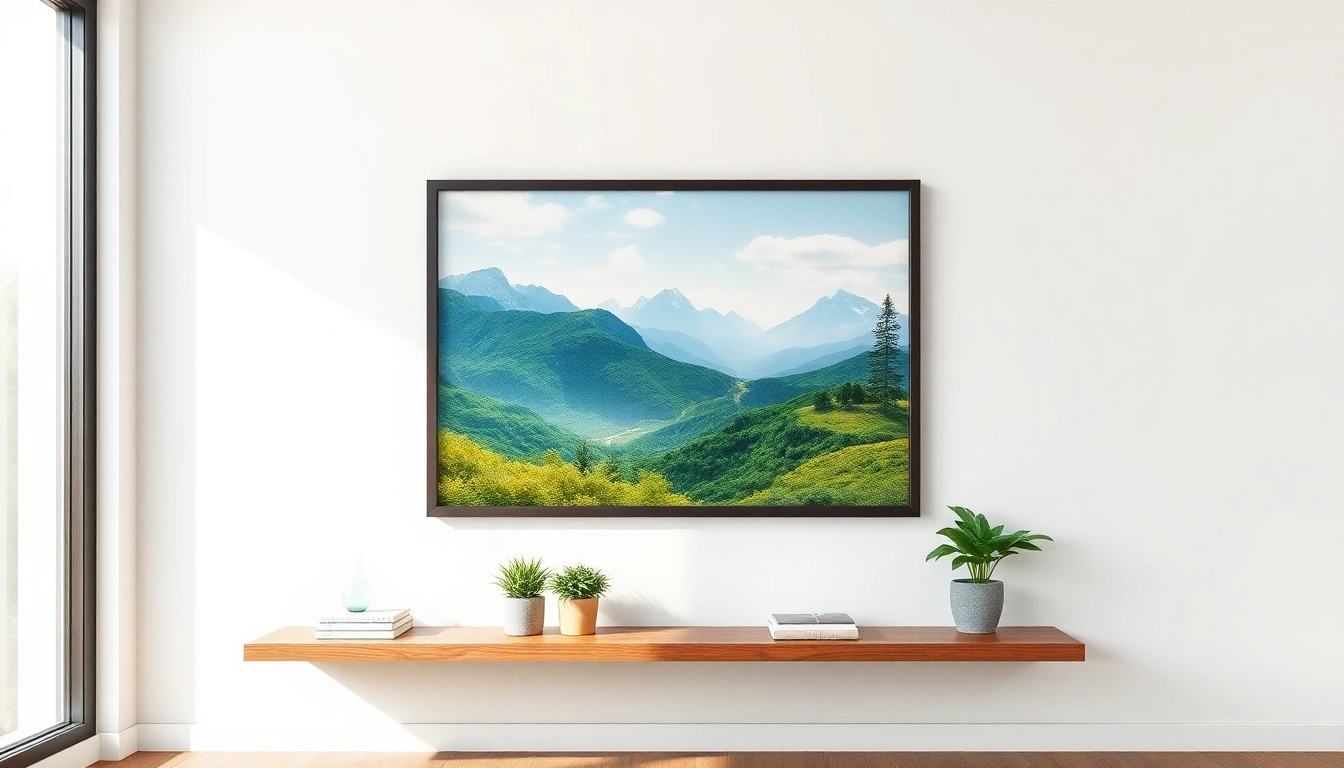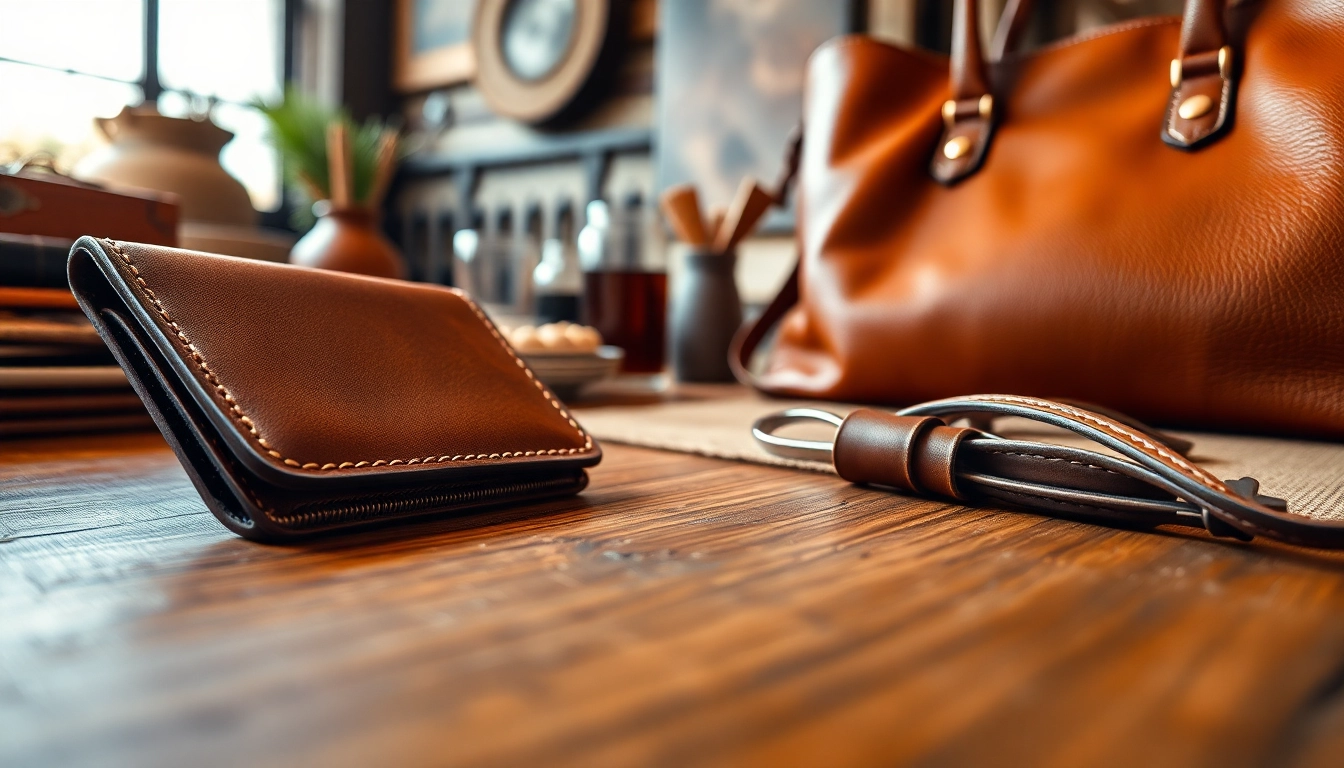Understanding the 20×30 Frame Dimensions
What Exactly Is a 20×30 Frame?
A 20×30 frame is designed to hold artwork or photographs measuring 20 inches by 30 inches. This large frame size is commonly utilized for posters and prints due to its substantial visual impact. The actual dimensions of the frame itself are typically slightly larger, often around 22×32 inches, to accommodate the border and any matting involved. This extra size allows for versatility in displaying both framed art and prints, making it ideal for showcasing large-scale artwork, photographs of important events, or posters advertising movies and shows.
Common Uses for 20×30 Frames
The 20×30 frame is popular for various applications. Here are some common uses:
- Art Displays: Artists often choose this size for showing off their masterpieces in galleries or exhibitions.
- Home Decor: Homeowners tend to use 20×30 frames to display large family photos or personalized art in living rooms or hallways.
- Promotional Material: Businesses frequently utilize this size for posters and banners, making them perfect for events, sales promotions, and more.
- Event Memorabilia: Many customers select 20×30 frames to commemorate significant events, such as weddings, graduations, or family reunions, by framing large prints of memorable photos.
Youth and Elegance: Frame Size Benefits
Choosing a larger frame, such as a 20×30, allows for the inclusion of more detail within the visuals it encases. The size contributes to a feeling of elegance, drawing attention and making a bold statement in any room. Additionally, the visual weight of larger frames can create a focal point, enhancing the overall aesthetic of the space.
Materials Used in 20×30 Frames
Wood vs. Metal Frames: Which Is Best?
When considering a 20×30 frame, material choice plays a crucial role in both aesthetics and durability. Two of the most common materials are wood and metal.
Wood Frames: These frames offer a classic, organic feel and are available in various finishes and styles, from rustic to modern. They are often chosen for traditional and elegant decor settings.
Metal Frames: Metal frames provide a sleek, contemporary look. They are highly durable and are an excellent choice for modern art displays or photography. Metal frames are often less prone to wear and can last longer than their wooden counterparts.
The choice between wood and metal largely depends on personal style and the context in which the frame will be used.
Glass vs. Acrylic: Displaying Your Art Safely
Not only does the exterior of the frame matter, but the material used for the front display is vital as well.
Glass: Traditional glass offers superb clarity and protection. It is ideal for preserving artwork from dust and scratches. However, it can be prone to breaking, which is a consideration in high-traffic areas or homes with children or pets.
Acrylic: Lightweight and shatterproof, acrylic provides a safe alternative to glass. It can be slightly less clear than glass, but modern acrylic materials are often UV-resistant, making them suitable for protecting precious art from fading due to sunlight. Acrylic options can often be more expensive, but they provide significant long-term savings by safeguarding your art.
Environmentally Friendly Frame Options
As sustainability becomes a priority for many consumers, eco-friendly frame options are increasingly sought after. Organic wood frames, made from sustainably sourced trees, are a popular choice. Moreover, some manufacturers offer frames made from recycled materials or advanced eco-friendly composites that reduce environmental impact without sacrificing quality. Before making a purchase, it’s wise to inquire about the materials used to ensure that they meet your ethical standards.
Style Variations for 20×30 Frames
Contemporary Trends in Frame Design
The design of frames influences how artwork and photographs are perceived. Current trends lean towards minimalistic aesthetics, often featuring clean lines, neutral colors, and simplified designs. Features such as floating frames, where the artwork appears suspended inside the frame, are gaining popularity as they enhance the viewing experience while providing a modern touch.
Traditional vs. Modern Aesthetics
While modern design tends toward simplicity, traditional frames often feature intricate details, carvings, and ornate finishes that add a classic flair. Integrating a 20×30 frame into a traditional decor scheme creates a direct contrast with contemporary pieces, culminating in a visually interesting dynamic. Ultimately, the decision should reflect the overall decor theme of the space it will inhabit.
Choosing Colors and Finishes for 20×30 Frames
The color and finish of a frame can dramatically alter its appearance and its integration into a room. Neutral tones, such as blacks, whites, and natural woods, tend to provide a versatile pairing with diverse styles and color palettes. Conversely, bold colors or metallic finishes can be used to create a dramatic focal point, showcasing specific artworks or photographs. Additionally, matte and glossy finishes each carry distinct vibes; matte frames convey subtlety and sophistication, while gloss finishes are often perceived as sleek and lively.
How to Hang a 20×30 Frame
Finding the Right Wall Space
Before installing a 20×30 frame, it’s essential to find optimal wall space for it. Large frames require adequate space to prevent a cluttered look. Aim for a wall that can accommodate the size without being overwhelmed by other designs. A good rule of thumb is to position artwork at eye level, about 57 to 60 inches from the floor central to the wall’s design.
Methods for Secure Installation
Using the right tools and methods for hanging ensures that the frame remains securely anchored without damage. Consider using wall anchors for heavier frames, as they provide additional support. Picture hanging brackets or sawtooth hangers can also be beneficial for larger frames. Ensure that you secure the frame into wall studs whenever possible for maximum stability.
Arranging Multiple Frames for Impact
If utilizing multiple 20×30 frames in an arrangement, planning is key. Create a cohesive look by placing them at equal distances apart. One may use either a grid layout or an asymmetric style for a more dynamic arrangement. Always arrange them on the floor to get a visual sense before securing them to the wall to achieve the desired effect.
Maintaining and Caring for Your 20×30 Frame
Cleaning Techniques for Different Frame Materials
Maintenance varies depending on the materials used for your frame. For glass front frames, a gentle cleaner with a microfiber cloth works wonders, avoiding abrasive materials that could scratch the glass. Wood frames benefit from dusting with a soft cloth and, when needed, a wood-safe cleaner. Metal frames may require a damp cloth for handprints and fingerprints, avoiding excessive moisture.
Preventing Damage to Artwork and Frame
To protect both your frame and its contents, lighting considerations are critical. Direct sunlight can fade artwork over time; using UV protective glass or acrylic can extend the life of your pieces. Additionally, avoiding locations with high humidity or extreme temperature fluctuations can prevent warping or fading.
When to Replace or Upgrade Your Frame
Frames may need replacement if they show signs of wear and tear or if your aesthetic preferences change. If the artwork no longer suits your decor or if you find a frame style more compelling that better complements your desired theme, upgrading may enhance your space. Moreover, if damage occurs to the frame that compromises its integrity, it’s advisable to seek replacements.



